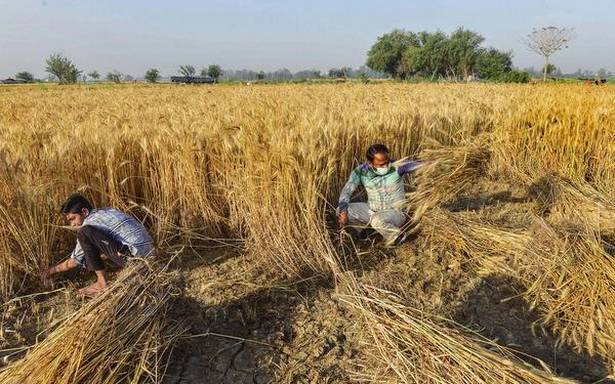
This year, Gujarat is expected to report record sowings of summer crops such as pulses, oilseeds, cereals, and vegetables. This is due to adequate water availability and demand driving up the prices of these crops.
According to state agriculture department data, the progressive sowing area for the 2022 season under all summer crops has surpassed one million hectares (mh), compared to the previous three years' average sowing of 0.89 mh. This represents an increase of more than 23%. Summer crops were sown in 0.81 mh last year.
"As a result of MSP as well as higher market prices for various agricultural commodities, as well as the availability of groundwater, the state is seeing increased acreage in summer sowing." Last year, parts of Gujarat experienced prolonged monsoons. As a result, farmers in some areas are harvesting crops in all three seasons, including summer," said CM Patel, Gujarat's joint director of agriculture.
According to Sagar Rabari, trustee of Khedut Ekta Manch, farmers in Gujarat resorted to pulses this summer season after earning handsomely from these cash crops in the previous two years. Rabari also believes that the availability of groundwater is a factor in the increased acreage during the summer season.
Some Gujarat farmers, he claims, are also experimenting with soyabean as a summer crop. Pulse acreage has increased to 90,000 hectares, up from a three-year average of around 54,000 hectares. During the previous summer season, pulses were planted on 63,000 hectares in Gujarat. Oilseed plantings increased from 0.1 million hectares to 0.16 million hectares. This increase is due to widespread sesamum sowing (til).
Groundnut acreage has increased from 49,200 hectares to as much as 60,000 hectares year on year, particularly in the Saurashtra and North Gujarat regions.
Surprisingly, cereal sowing has increased only marginally from the previous three years' average of 0.315 million hectares to 0.3.2 million hectares in the current summer season. However, the acreage of cereal crops has increased significantly compared to the previous summer season's 0.28 million hectares, according to the most recent data from the state agriculture department.
Other crops, such as onion, vegetables, fodder, and guargum, saw increased sowing areas this summer season when compared to the previous three years' average as well as last year's sowing areas. Sugarcane planting, which requires a lot of money, has increased from 6767 hectares to 8823 hectares.
















